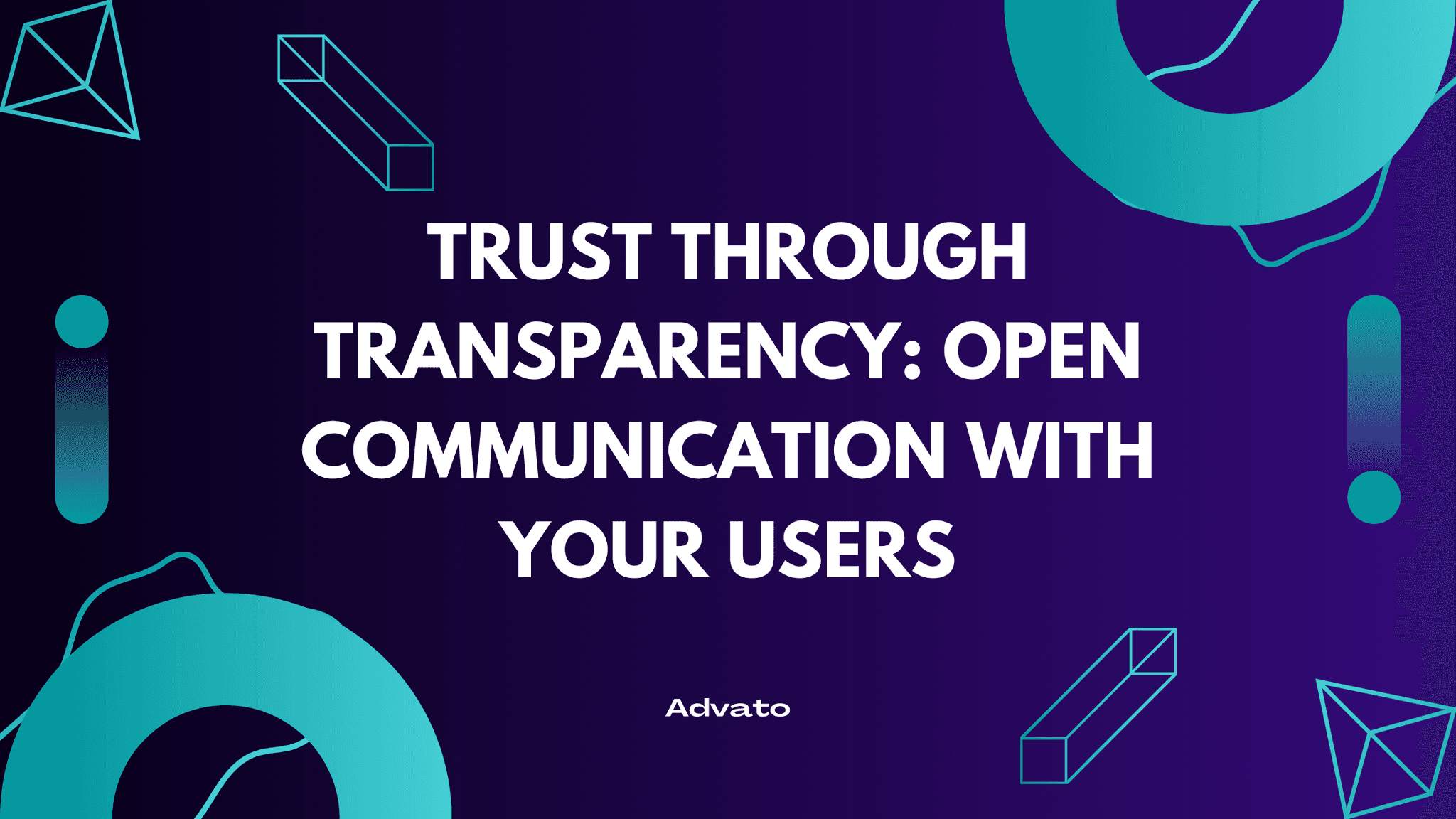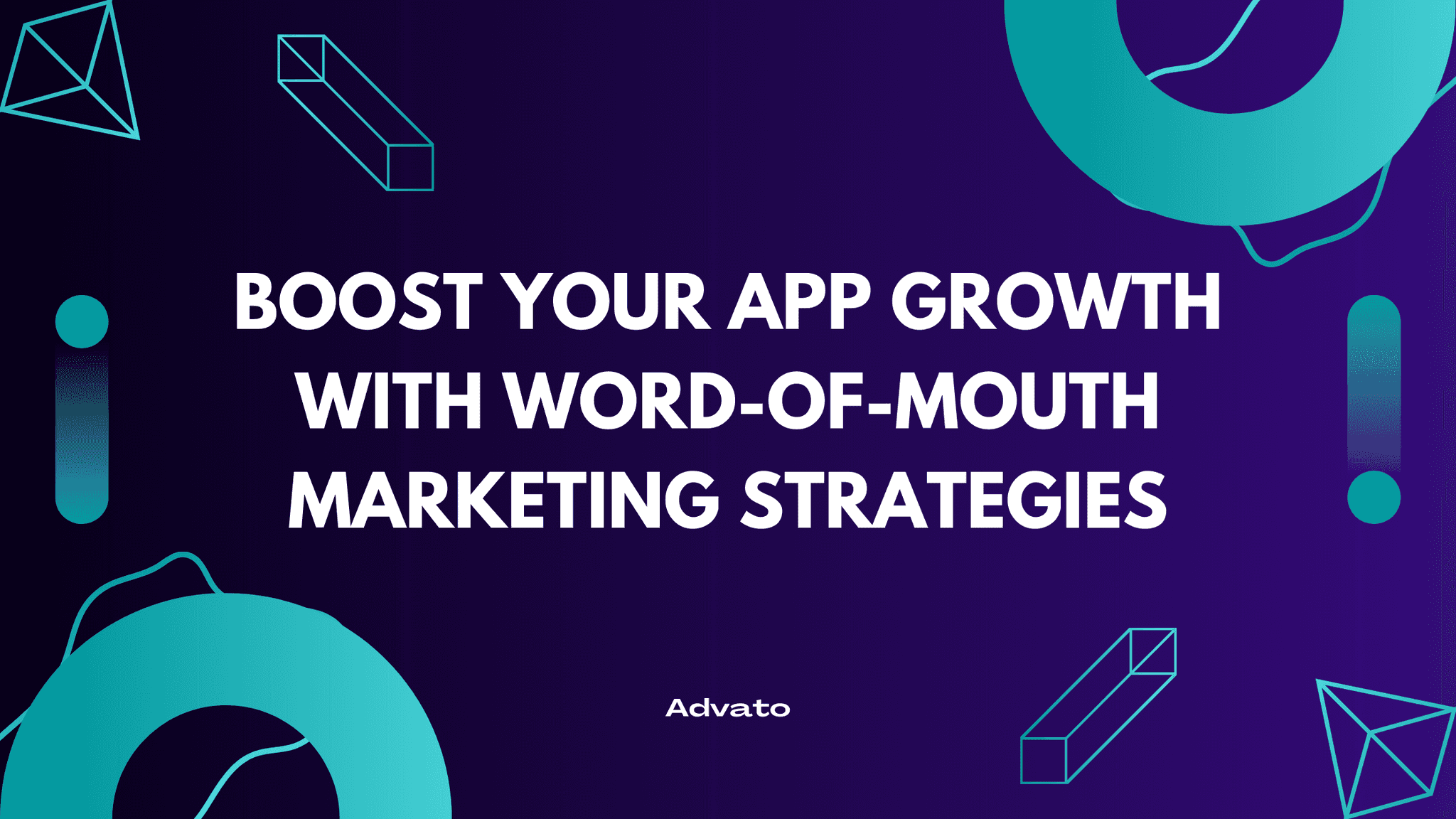Sep 25, 2024
In the world of mobile apps, user acquisition is just the beginning. The real challenge lies in maximizing the value each user brings to your app over time. This is where the concept of Lifetime Value (LTV) comes into play, and it's particularly interesting when we look at users gained through referrals. In this blog post, we'll dive into understanding the Lifetime Value of users acquired through referral marketing and why it's a game-changer for app growth.
What is User Lifetime Value?
Before we explore the specifics of referral-acquired users, let's define Lifetime Value (LTV). In the context of mobile apps, LTV is the total value a user brings to your app throughout their entire relationship with it. This value isn't just monetary; it can include:
Direct revenue (purchases, subscriptions)
Ad revenue
Data value
Social value (engagement, shares)
Referral value (new users they bring in)
Understanding LTV is crucial because it helps you:
Determine how much you can spend on user acquisition
Identify your most valuable user segments
Make informed decisions about feature development and marketing strategies
Predict future app revenue and growth
The Power of Referral Marketing in Mobile Apps
Referral marketing is a strategy that encourages existing users to recommend your app to others. It's based on the principle that people trust recommendations from friends and family more than traditional advertising. In the mobile app world, referral marketing can be a powerful tool for growth because:
It's cost-effective compared to paid advertising
It often results in higher-quality users
It can create a viral growth effect
It increases brand trust and credibility
But the real magic of referral marketing lies in the quality of users it brings in. This is where the concept of Lifetime Value becomes particularly interesting.
Why Referred Users Often Have Higher Lifetime Value
Research and real-world data consistently show that users acquired through referrals tend to have a higher Lifetime Value compared to users acquired through other channels. Here's why:
Trust and Pre-qualification
Referred users come to your app with a level of trust already established. A friend or family member has vouched for your app, which means:
They're more likely to give your app a fair chance
They may be pre-qualified in terms of interest or need
They're often more aligned with your target audience
Better Retention Rates
Users who come through referrals typically stick around longer. This improved retention is due to:
A clearer understanding of the app's value proposition from the start
A social connection to the app through the referrer
Potentially having a built-in support system (the friend who referred them)
Higher Engagement
Referred users often show higher engagement levels:
They may explore more features, encouraged by their referrer's positive experience
They're more likely to participate in social or collaborative aspects of the app
They might feel a sense of loyalty or obligation to use the app
Increased Monetization Potential
With higher trust and engagement comes increased monetization potential:
Referred users may be more willing to make in-app purchases
They might convert to premium features or subscriptions faster
They could be more receptive to personalized offers or upsells
Viral Coefficient
Perhaps one of the most powerful aspects of referred users is their propensity to become referrers themselves:
They've experienced the referral process positively, so they're more likely to participate
They understand the value of the app and can articulate it to others
This creates a potential viral growth loop, exponentially increasing the app's user base
Calculating the Lifetime Value of Referred Users
To truly understand the impact of referral marketing on your app's growth, you need to calculate the Lifetime Value of referred users. Here's a step-by-step approach:
Determine the time frame: Decide on a specific period for your LTV calculation (e.g., 12 months, 24 months).
Calculate average revenue per user (ARPU): ARPU = Total Revenue / Number of Users
Measure retention rate: Retention Rate = (Users at End of Period - New Users Acquired) / Users at Start of Period
Estimate customer lifespan: Customer Lifespan = 1 / (1 - Retention Rate)
Calculate basic LTV: LTV = ARPU x Customer Lifespan
Factor in referral value: Referral Value = (Average Number of Referrals per User x Conversion Rate x LTV of New Referred Users). Total LTV of Referred User = Basic LTV + Referral Value
Compare with other acquisition channels: Calculate the LTV for users from different sources (organic, paid ads, etc.) and compare.
Remember, these calculations can get complex, especially when factoring in the viral potential of referrals. Many app analytics platforms offer LTV calculation tools that can help simplify this process.
Strategies to Maximize the Lifetime Value of Referred Users
Understanding the higher potential LTV of referred users is just the start. Here are some strategies to maximize their value:
Optimize your referral program:
Offer compelling rewards for both the referrer and the referred
Make the referral process as smooth and intuitive as possible
Consider tiered rewards to encourage multiple referrals
Personalize the onboarding experience:
Create a special welcome for referred users
Highlight features their friends love
Offer a "buddy system" where the referrer can guide the new user
Encourage early engagement:
Provide incentives for completing key actions in the app
Use push notifications judiciously to remind users of app value
Create social or collaborative features that involve the referrer
Focus on retention:
Regularly update your app with new features or content
Use data to identify and address common drop-off points
Implement re-engagement campaigns for inactive users
Nurture the referral loop:
Remind successful referred users to become referrers themselves
Share success stories of users who've benefited from referrals
Gamify the referral process to make it fun and rewarding
Continuously measure and optimize:
Regularly calculate and analyze the LTV of referred users
A/B test different referral incentives and user journeys
Use cohort analysis to understand long-term trends
Challenges in Maximizing Referred User LTV
While the potential of referred users is significant, there are challenges to consider:
Referral fraud: Implement systems to detect and prevent fake or incentivized referrals.
Saturation: In some markets, you may reach a point of referral saturation.
Changing user behavior: As your app evolves, the behavior of referred users might change.
Attribution: Accurately attributing users to referrals can be complex, especially with longer consideration cycles.
The Role of Technology in Referral Marketing and LTV Optimization
This is where Advato comes into play. Advato is designed specifically to help app developers and marketers implement, track, and optimize referral programs. Here's how Advato helps maximize the Lifetime Value of referred users:
Easy implementation: Advato provides a simple SDK that integrates seamlessly with your app, making it easy to launch and manage a referral program.
Advanced tracking: With Advato, you can accurately attribute new users to referrals, even across complex user journeys.
Personalization: Advato allows you to create personalized referral experiences, increasing the likelihood of successful referrals and higher engagement.
Analytics and insights: Get deep insights into your referral program's performance, including detailed LTV calculations for referred users.
Fraud prevention: Advato includes built-in mechanisms to detect and prevent referral fraud, ensuring the quality of your referred user base.
A/B testing: Easily test different referral incentives, messaging, and user flows to optimize your program's performance.
Integration with other tools: Advato can integrate with your existing analytics and marketing platforms, providing a holistic view of your app's performance.
By using Advato, you're not just implementing a referral program – you're creating a data-driven, optimized system for acquiring high-value users and maximizing their Lifetime Value.
The Compounding Value of Referral Marketing
Understanding and optimizing the Lifetime Value of users gained through referrals is more than just a marketing tactic – it's a strategic approach to sustainable app growth. Referred users not only tend to have a higher individual LTV, but they also contribute to a viral growth effect that can dramatically accelerate your app's success.
By focusing on referral marketing and using Advato to implement and optimize your referral program, you're not just acquiring users – you're building a community of engaged, loyal users who will drive your app's growth for years to come.
And remember, in the world of mobile apps, not all users are created equal. By understanding and maximizing the Lifetime Value of referred users, you're setting your app up for long-term success in an increasingly competitive market.


